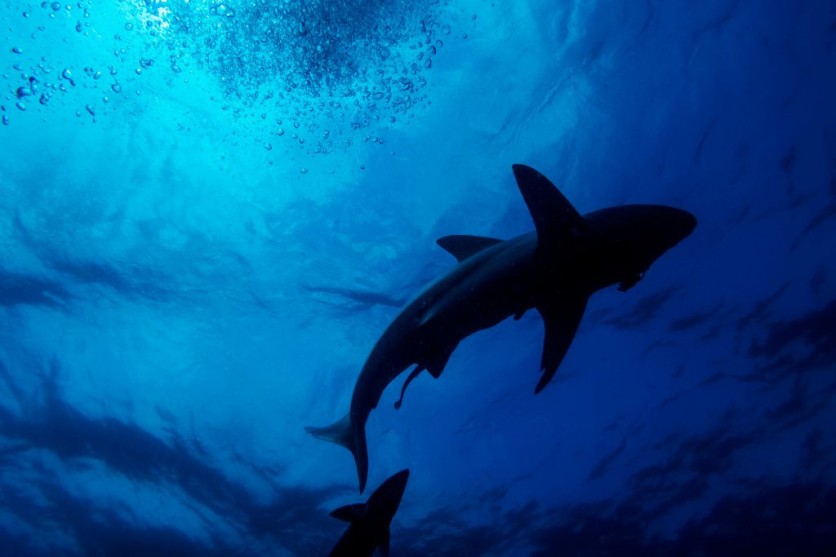Tiger sharks are known to be vicious predators in the waters, but at the same time, they have become an unlikely helping hand for marine scientists to foray into seagrass meadows. How were they able to do this?
The researchers strapped cameras and trackers to the dorsal fins of tiger sharks to provide them with access to hours of ocean floor footage to gauge the size of seagrass meadows in the Bahamas, according to a report by The Guardian.
The information they gathered showed what the researchers claim to be the largest seagrass ecosystem ever discovered, covering up to 92,000 square kilometers (35,000 square miles) of Caribbean seafloor.

Global Seagrass Coverage
According to a study published on November 1 in Nature Communications, this discovery increases the total known global seagrass coverage by more than 40%.
"This finding shows how far are we from having explored the oceans, not just in the depths, but even in shallow areas," the study's co-author, Prof Carlos Duarte, of Saudi Arabia's King Abdullah University of Science and Technology, said in a statement with The Guardian.
The global area of seagrass meadows has long been understudied; estimates range from 160,000 to 1.6 million square kilometers. Identifying tiny meadows can be difficult since they are often sparse or tangled with other marine plants, making them hard to notice by planes or satellites in deep or foggy water.
This means that seagrass meadows must be "ground truthed," or verified on-site. However, it is expensive, and logistically difficult, and it takes a long time to send human divers to shoot large areas of the floor.
Hence, the scientists needed the help of tiger sharks since they are agile, equipped with a wide range, can dive to great depths, and spend a lot of time in seagrass meadows.
Additionally, they are not restricted by common human burdens like the requirement for a boat, the need to surface regularly, and other conditions.
Attaching Cameras on Sharks
Seven sharks' dorsal fins were attached with camera packages that included satellite and radio tags between 2016 and 2020. The animals were caught using circle hook drumlines, which hooked into their jaws.
According to co-author Oliver Shipley, a senior research scientist at the marine scientific nonprofit Beneath the Waves, it was the safest approach to catch sharks and does no long-term harm.
The Guardian reports mining and dredging projects threaten seagrass in the Bahamas. The researchers are optimistic that their findings will lead to more seagrass preservation globally.
Shipley added that seagrass and other coastal ecosystems are arguably one of our finest partners and resources for naturally mitigating the effects of climate change.
This article is owned by Tech Times
Written by Jace Dela Cruz
ⓒ 2026 TECHTIMES.com All rights reserved. Do not reproduce without permission.




